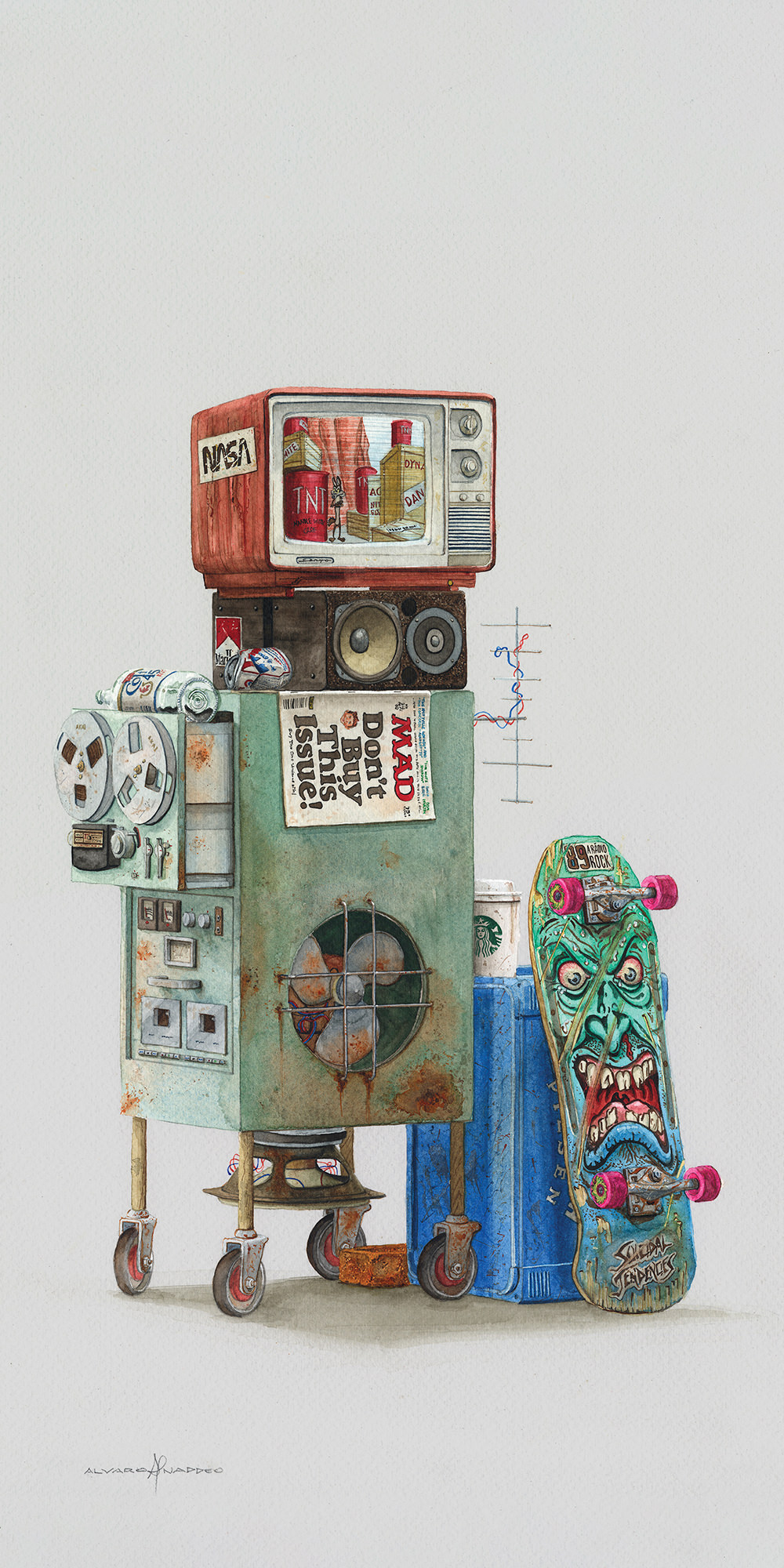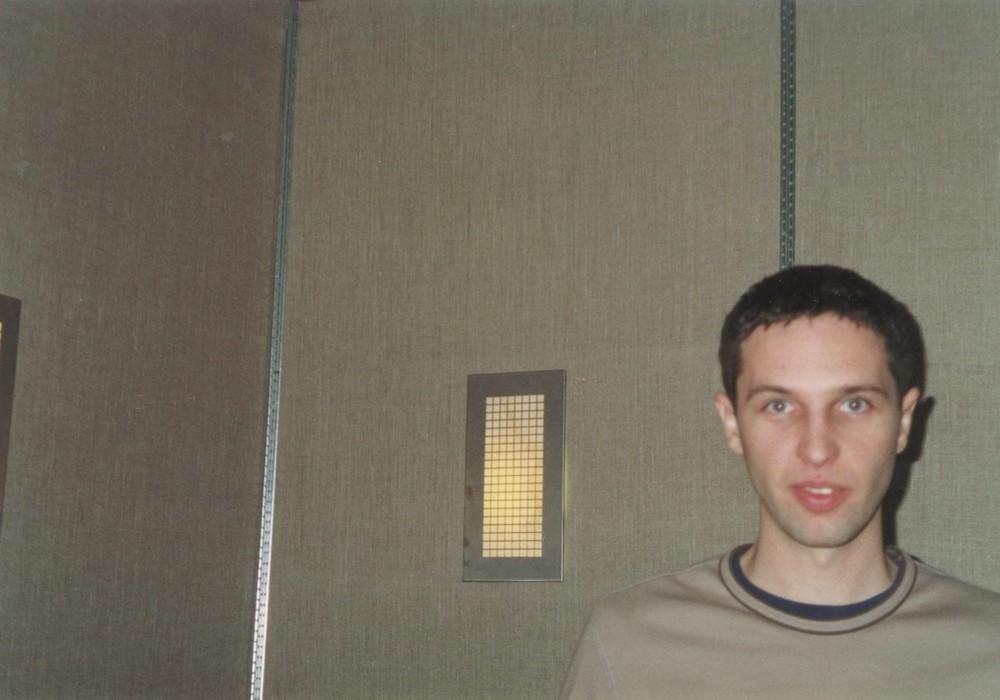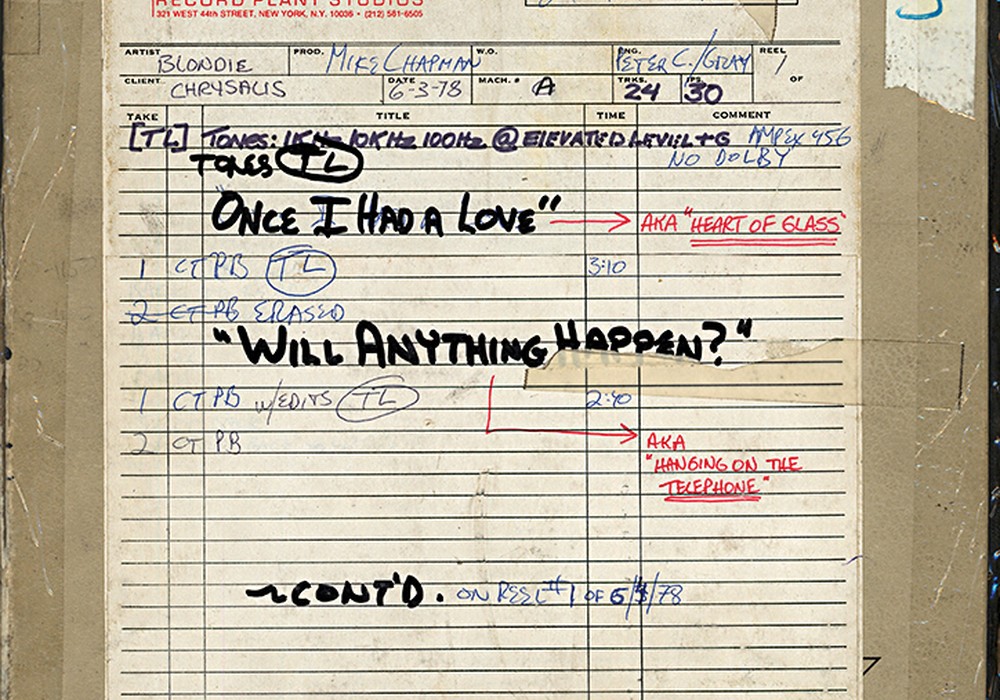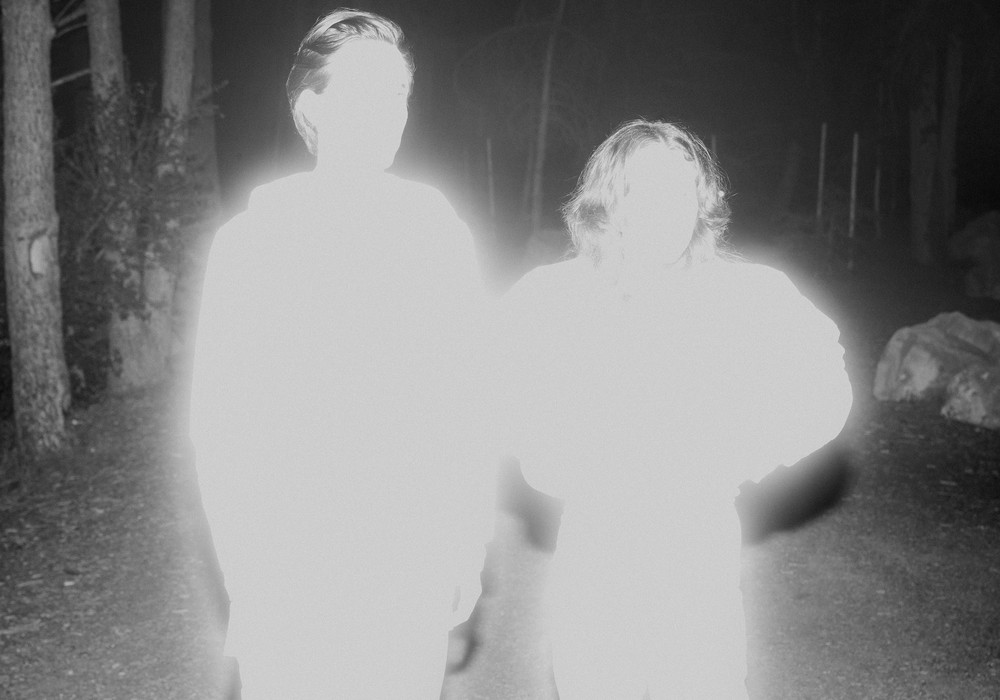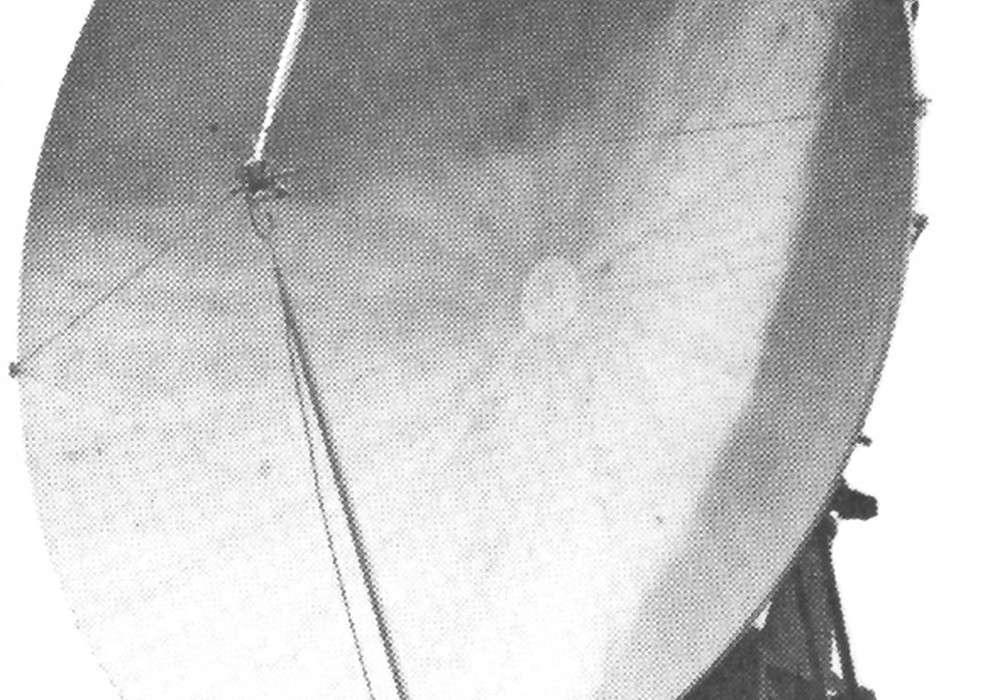
Esteemed songwriter, guitarist, and vocalist Gary Kemp was the force behind Spandau Ballet for many years, and currently plays in Nick Mason’s Saucerful of Secrets, performing older Pink Floyd selections. Gary’s recent solo album, INSOLO, is a beautiful reflection on life, love, and music, and I jumped at the chance to ask him about his past and present.
I’ve been enjoying the Rockonteurs podcast you do with Guy Pratt [Pink Floyd/David Gilmour/Saucerful bassist]. You both have worked with so many people over the years.
I’m fundamentally a massive fan of music. There’s even a track on this album that’s a homage to being a fan, “Waiting for the Band.” It’s about thinking about the fact that I still have my greatest musical moments as a fan, as opposed to being on stage. I still get goosebumps from being a fan. But I don’t get that on stage. On stage, you’re going through a technical process of playing and performing and worrying, and all the things it takes to do a good show.
Absolutely.
The only euphoria you get is when you come off stage, and that’s only an overload of adrenaline that has got nowhere to go. Being a fan of music history, I grew up in one of the most eclectic times to be around. I told everyone I liked Bowie, but I secretly bought Genesis and listened to Yes. I attended a grammar school that was a mixture of working class kids and middle class kids. I wanted to be in that little corner of the playground where they were talking about Yes or Emerson, Lake & Palmer, and then I wanted to be over there where they were talking about Rod Stewart and The Faces. My collection is super eclectic. Whenever we talk to anyone on Rockonteurs, I’m passionate about what they do. There are very few genres that I wouldn’t be interested in. One little gap in my musical area would probably be heavy metal. Metal doesn’t really do it for me. Led Zeppelin a bit, but those records still sound quite thin when I listen to them. I’m interested in the world, and I still read autobiographies; I’m interested in how you got to where you were.
I watched the documentary on Spandau Ballet, Soul Boys of the Western World, for the first time last night. I’d never seen so much video footage of that era.
Our generation was turned on by glam rock. On my album, I can still hear me trying to be Mick Ronson at times. That was the first guitar hero I ever fell in love with. That sound that he made on his guitar; that sound on his right hand, and the melody. Ronson, Steve Hackett [Genesis], [Robert] Fripp, Micky Jones from Man, and Peter Frampton; these people all go into my melting pot. But the first thing that turned our generation on was glam. Here’s Marc Bolan, Bryan Ferry, [Brian] Eno [Tape Op #85], and [David] Bowie. I come from a very poor, working class background, and I was watching guys on TV that came from another planet! That’s the theatrical benchmark. Music should always deliver visually as well as sonically. All of my generation, when it came to be our turn at the end of the ‘70s and beginning of the ‘80s – and taking all of the eclectic mix of the music that we loved – it went into a melting pot, and you have the sound of the ‘80s.
It’s important that you used the word “sound.” Glam rock – especially through Tony Visconti [Tape Op #29] and Ken Scott [#52] – with Bowie and T. Rex, those records sounded exciting and new.
Electric Warrior [T. Rex] still sounds sonically brilliant. That was the first time I ever saw Tony Visconti’s name. That recording is clear and there’s clarity on it. It’s all about the arrangement. Don’t overburden the arrangement in certain frequencies. A lot of people work on computers nowadays. They tend to put up keyboard sounds, give themselves millions of options, and things stay around in the mix. They don’t get edited out. They’re all wodging themselves around in the mid frequencies. It becomes a big pudding. You should think about what you need. What’s missing in that little sonic area you’ve got there? That’s what you want to aim for. Maybe you’ve got a...
